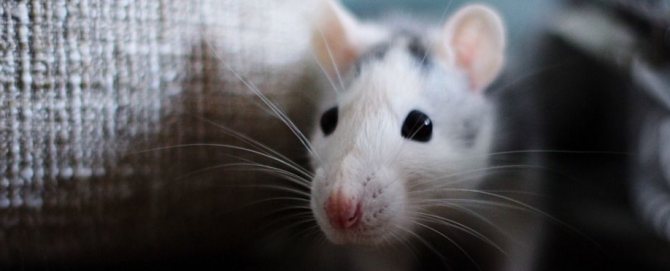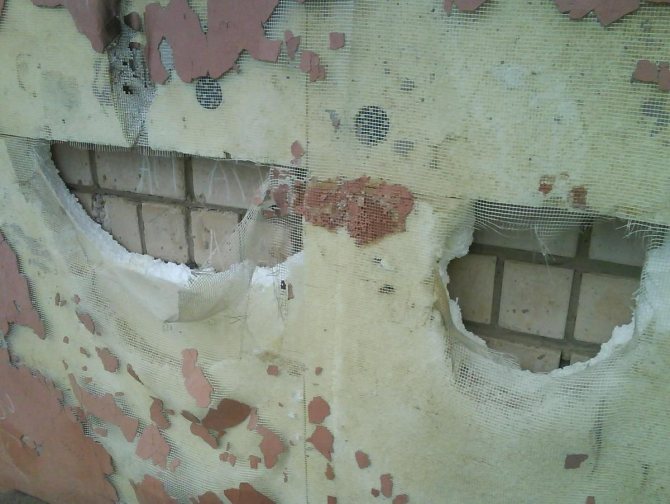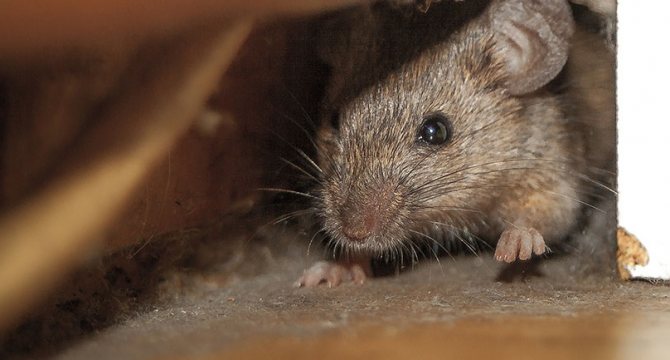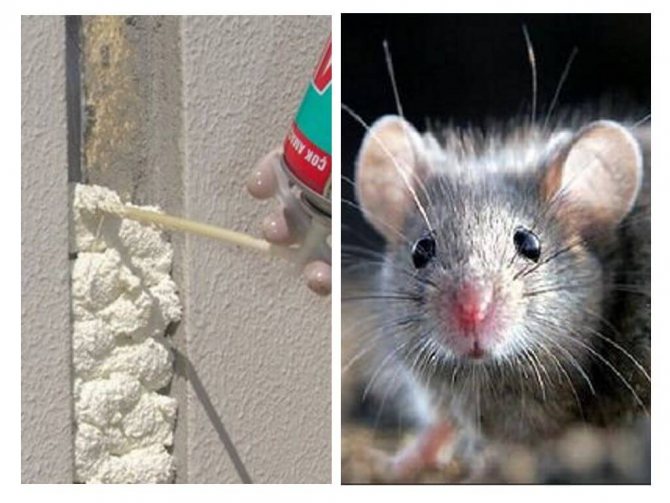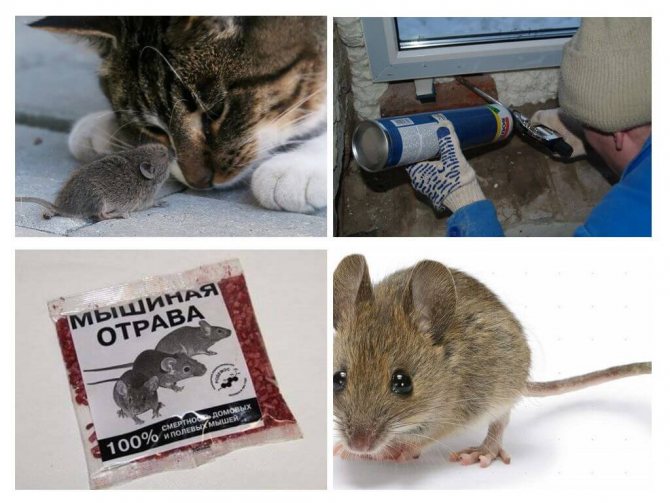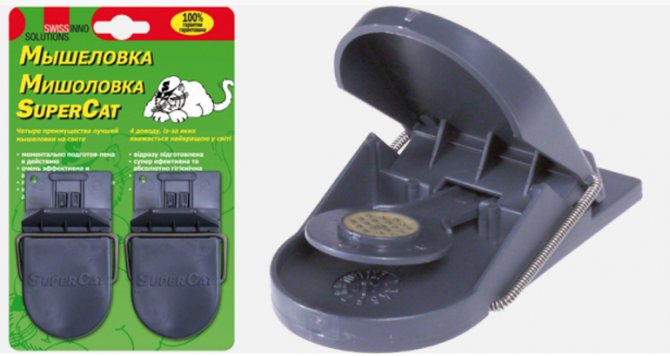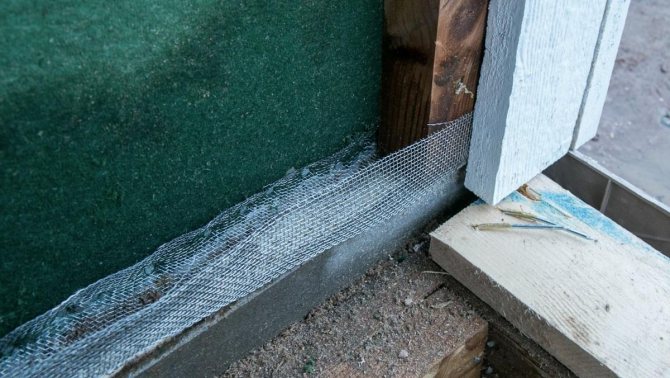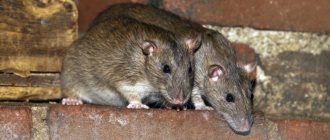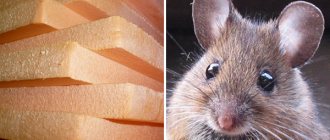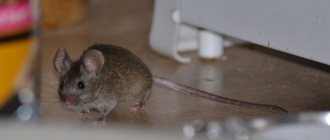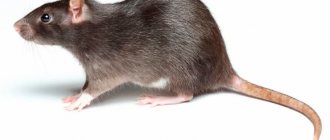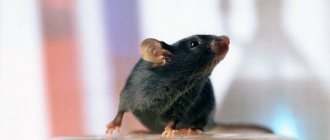Mice and foam
Polyurethane foam is a very affordable material, often used in the construction of houses and carrying out repair work. They are used to close up cracks and holes in the walls, trying to prevent the presence of drafts and the penetration of harmful insects. However, many people are interested in the question of whether it is possible with this tool to protect the house from gnawing pests. Whether mice gnaw on polyurethane foam, this article will tell.
Mice and their ability to gnaw through solid materials
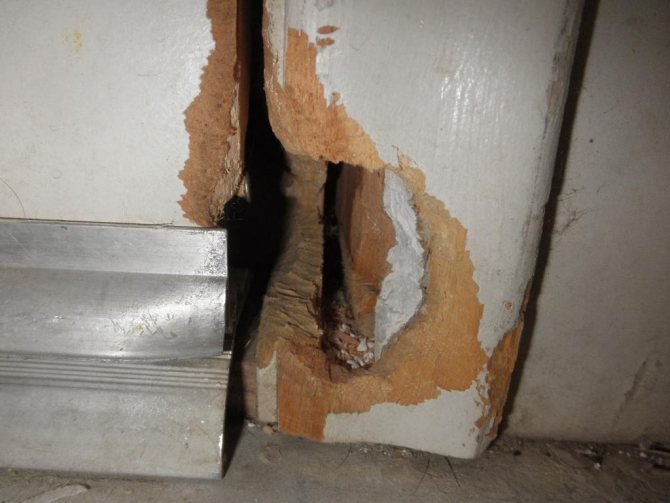
In all rodents, teeth grow incessantly. As the upper part is worn down, the teeth gradually grow back. And they grow, regardless of whether their upper part has been worn off in the process of life. Therefore, rodents have no choice but to grind the front of the teeth forcibly, otherwise too long incisors will cause discomfort to the animals and interfere with eating.
Protection and prevention methods
There is nothing special to protect the foam for installation from rodents. It is necessary to build a dense structure on top that mice cannot gnaw. Fill the gap between the doors, nail a chipboard board, another similar material, on top. The fibers are arranged in such a way that mice cannot poke a hole with their teeth.
For protection, you need to follow the general rules for dealing with mice - get a cat, use poison for mice, ultrasonic scarers, cage traps, traps. Any convenient way to prevent mice infestation.
Will sealing the mouse paths with polyurethane foam be effective?
Do mice gnaw on polyurethane foam, if it is used to close up old mouse moves? According to the owners, who tried to close up the mouse holes with this building material, this is a useless occupation. If a mouse or rat has walked here for some time before, it will easily restore its previous passage. All types of rodents who love to live at someone else's expense, that is, mice, rats, Sonya, ferrets, can easily gnaw through materials such as OSB, chipboard, plastic and even brick. Therefore, such a porous and malleable material, like cured polyurethane foam, is not a hindrance to them at all.
Do mice eat foam? Of course not. But this does not prevent them from grinding it into dust. Often, females use this dust to improve their nests. The material perfectly retains heat, just what is needed for rats and mice expecting an offspring soon.
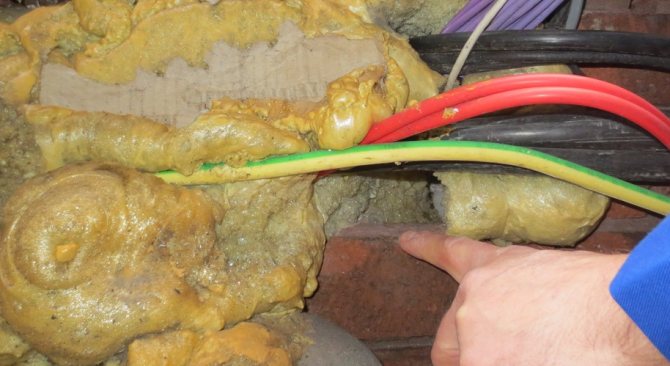

About the use of heaters
Expanded clay is one of the reliable insulation materials for the house, which retains heat well, absorbs noise, is not flammable and is inedible for rodents. It is made from clay, which is cleaned, wiped, then granules are made from the resulting plastic solution, which are hardened at a certain temperature.
Cooling down, expanded clay gains light weight, and at the same time it is durable. It has small, medium and even winged - 10 - 25 mm in size - fractions. Mice and rats will not be able to exist in such material, since they will drown in the skin of its particles. Expanded clay insulate interfloor and attic ceilings, basements, it is permissible to use it for walls.
We suggest you familiarize yourself: Bugs that eat wood
Foam glass, which is produced in slabs and in bulk, is also not eaten by rodents. In the loose version, it is similar to expanded clay, it is used to insulate walls, floors, and floors of a house.It is customary to fix the slabs on the walls from the inside or from the outside, lay them on the floor, concrete, bitumen, construction glue or expanded clay, which has small fractions.


Foam glass is made by melting and foaming glass. The material is strong, durable, environmentally friendly, well resistant to moisture and ultraviolet radiation.
Glass wool is a fiber insulation known to many for the home, a type of mineral wool. It has a smaller fiber diameter than basalt wool and 2 - 4 times longer. Glass wool is fireproof, elastic, frost-resistant, resistant to chemicals, breathable, resists the appearance of fungi, is easy to install, and affordable. Glass wool is made from the same raw materials as glass, or glass industry waste.
Ecowool is a fairly new material. Rodents do not like ecowool, because it contains orthophosphoric acid, which causes them to dehydrate and suffocate. Ecowool is made from cellulose, is harmless to humans, antiseptic, fireproof, releases moisture when heated, dampens noise well, does not rot and decompose, and is durable. It is used both inside and outside the house.
Foam concrete is produced in mortar and blocks. Rodents do not eat it either. The blocks are suitable for construction and wall insulation. The composition of the material that is used to insulate the house from the outside or pour the mass into the middle of the masonry during construction includes water, sand, cement and a foaming agent. It is used for thermal insulation of floors and ceilings. Light in weight, environmentally friendly, easy to handle, non-flammable, not subject to decay.
Penoizol is a liquid polystyrene. Spraying on the walls is carried out using a special compressor. Mice and rats chew on this type of foam with pleasure. In ordinary foam, pests make nests and gnaw through the passages.
Penoplex is resistant to high and low temperatures, exposure to chemicals, possible deformations, resists moisture, transmits light, is environmentally friendly and safe for human health. Extruded polystyrene foam is strong and lightweight, used for thermal insulation, sports fields, ice arenas and refrigeration equipment.
There are materials for home insulation that are not attractive to pests or are inaccessible to their teeth. These include foam ceramics and foam glass, gas and foam concrete, expanded polystyrene concrete, vermiculite, expanded clay, perlite, ecowool, cellulose materials, drywall, linen fiber mats. Aerated concrete can be partially damaged by rats.
Foam glass is strong and durable, so it is not afraid of the teeth of even large rodents. Inorganic compounds, minerals and fired clay serve as protection against pests in the structure of vermiculite, perlite and expanded clay. It also includes bulk materials, it is impossible for rodents to live in them.
Vermiculite perfectly absorbs mouse odors, prompting the animals to leave the house. Ecowool is pure cellulose and can be digested by rodents. But they do not touch the material, since it contains borax or orthophosphoric acid. Linen fibers are filled with lignin, which repels gray creatures. Like orthophosphoric acid, it dehydrates them.
We suggest you familiarize yourself with: How to quickly get rid of mice in an apartment
Drywall contains a small amount of lime and partially repels pests. If they want to, they can gnaw through the partition from it and damage the profiles.
How to protect polyurethane foam from gnawing?
There are several simple ways to protect pliable and porous building material from gnawing by rodents. To do this, when sealing the cracks with polyurethane foam, you will have to tinker a little longer, but in general it is worth it. These preventive measures are built on:
- adding caustic solutions between layers of polyurethane foam during the embedding process, which will scare off rodents;
- equipping the gap or holes with an additional physical barrier that the mice will have too tough to handle;
- adding small objects to the foam that can injure rodents when trying to gnaw through frozen polyurethane foam.
What is the reason
Mice even gnaw on plastic, but the reason is not only in the constant search for food: their front teeth grow throughout their lives, so they have to be grinded. Polyurethane foam is also included in their "therapy", thanks to its porous structure. It does not contain harmful substances, however, it does not carry a nutritional function for mice: they gnaw building materials for other reasons. Among their "victims" we can mention a dozen of seemingly durable raw materials:
- Thick paper, cardboard;
- Plastic and plastic;
- Rubber, even the most durable;
- Polyethylene and burlap;
- Even bricks!


Firstly, many people naively fill the cracks between the door frame and the opening, the gaps around the pipes facing the street with foam. This decision is erroneous, because miniature rodents will quickly gnaw the material and get inside. But even this is not the most unpleasant thing: mice are distinguished by good intelligence, so they use the foam crushed with sharp teeth to build a cozy nest.
These animals reproduce very quickly, it is difficult to be expelled. Therefore, it is categorically not recommended to use polyurethane foam in places where mice can be.
Scaring away rodents with bitter substances
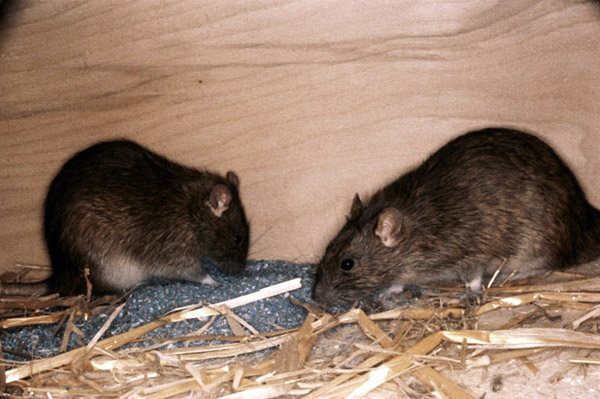

If in some places the mice gnaw through the foam, you can make them an unpleasant surprise. After each passage, spray the foam layer with bitrex (denatonium benzonate). The foam, when frozen, will still contain this extremely bitter substance in its mass. Having felt it in the mouth, a rat or any other rodent will for a long time lose the desire to bite into the polyurethane foam in this place.
Physical barrier option
On construction forums on the question of whether mice gnaw on foam, reviews contain tips for strengthening the middle part of the opening (slot), which needs to be sealed with a reinforced barrier. A simple galvanized metal mesh with fine meshes is best suited for these purposes.
If the slots are narrow enough and it is not possible to install it across, you can put it along. No matter how strong the teeth of rodents are, they have not yet learned how to cope with metal. The rat (or mouse) will gnaw the foam from the back, but, having stumbled upon a metal barrier, will be forced to retreat, no matter how much it wants to restore its previous move.
Pests in the barn
Rodents try to penetrate not only into the house, but also into any buildings in search of food. Therefore, residents of private homes are interested in how to get rid of rats in a barn on their own. In such a room, either they keep large quantities of food for livestock, or themselves. Therefore, there is always something for rodents to profit from.
Important! Their presence affects the health of birds, and as a result, on productivity. Therefore, you need to get rid of impudent pests right away.
Chemicals
The easiest and cheapest way: just buy a pesticide and pour it in the place of their penetration. However, everything is not so simple: pets can also get poisoned. It is unlikely that there will be an opportunity to transfer animals for 2-3 days from the treated area, so this approach is risky. However, you can prepare traps: for example, put the poison in boxes, where chickens, for example, will not climb.
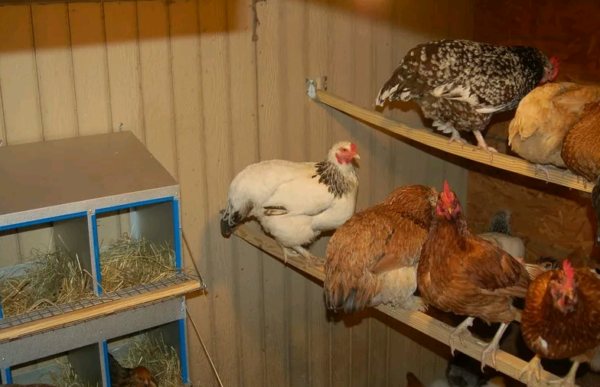

There are several types of chemical poisons:
Apply force
Rats are larger and much more dangerous than mice, so it is advisable to know how to get rats out of the barn with folk remedies before they do trouble - these rodents choke chicks with great pleasure.Placing traps near their holes and setting special traps is a sure and effective way to catch pests. You can have several cats that are able to hunt and kill rats: this ability does not depend on size at all. Fluffy mousetraps can be very miniature - everything is decided by speed and resourcefulness.


Folk ways
To get rid of rodents, you need to make them unpleasant to stay in the barn. This is even more effective than direct destruction - rodents reproduce quickly and do not stop in front of traps.
- Oven ash scattered on the floor guarantees digestive problems for mice;
- If no one lives in the barn, you can use mothballs or kerosene - this is a sure way to get rid of rats and mice in the barn.
- Holes in the walls and then need to be filled with broken glass, and then filled with concrete. No polyurethane foam!
- The cruel way: a mixture of clay and flour will attract rodents, so they put water next to it. The gypsum freezes from the liquid, the mouse dies.
- You can hang and lay out bunches of herbs - black root, the second name of which is the rat runner, is not felt by humans, but it is destructive for rodents.
- Tansy, wild rosemary and peppermint - any of these plants will help get rid of rats and mice in your area.


Rodents from year to year ruin crops and livestock, cause harm to humans. Observance of caution and timely measures taken will help protect yourself and your home from rats and mice.
Polyurethane foam is a common material that is used to fill gaps between doors and walls. It is used in construction, used in the repair of houses, buildings, structures. Soft in texture, with good thermal insulation, moisture resistant properties. Low, high temperatures, humidity are not terrible. It remains to decide whether the mice gnaw the foam.
About small damaging inclusions that can injure rodents
In places where rodents appeared earlier, small fragments of sewing needles can be embedded in polyurethane foam. Regardless of whether mice gnaw through the foam in this area, needles will be a good deterrent. As soon as a rat or mouse feels a prick and blood on its stigma, it will run away without looking back.
Broken glass is also a good tool. It is also capable of causing significant damage to rodents. Covering it up between the rows of injected foam, you can be calm. Mice in this place are unlikely to make a move.
What to do
If the mice have climbed into the insulation, then smoking them out of there is problematic. Therefore, it is better to think about thermal insulation, which at the same time can serve as an obstacle for rodents, in advance.
Experience suggests that pests do not favor the following materials with their presence, which, in terms of useful properties, are in no way inferior to polyurethane foam:
Ecowool is considered the best anti-mouse material in construction today. Why it is called that is unclear, because 20 percent of it consists of not the most healthy components: boric acid, borax. It is precisely these poisonous substances that cause asthma attacks in rodents.
There is an opinion that rodents are afraid of penoizol, styrene foam and the usual foam, but as practice shows, its mice not only gnaw, but also perfectly use it to organize their own home and labyrinth.
If the foam is purchased and it is not possible to replace it with an alternative material, then in this case there is a way out: during work, the treated area is abundantly flavored with glass broken into small crumbs.



